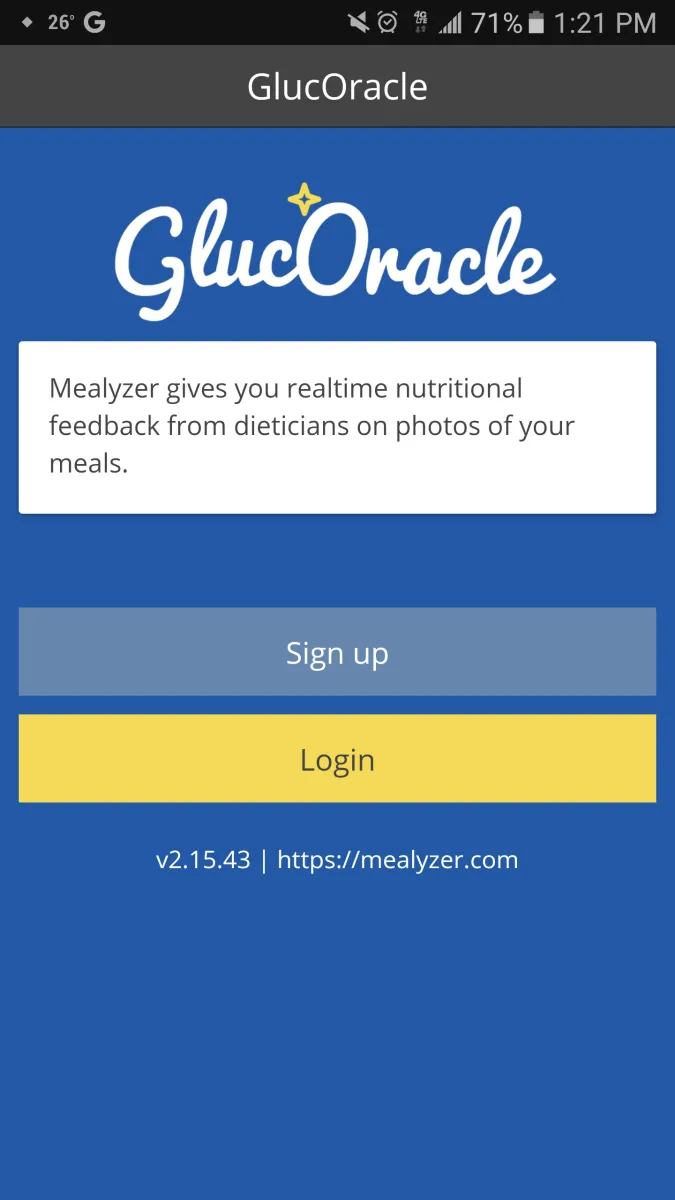Researchers have developed a personalized algorithm that predicts the impact of certain foods on the blood sugar levels of an individual, according to a new study published in PLOS Computational Biology.
The algorithm has been integrated into an application, 'glucoracle', which will allow people with type 2 diabetes to maintain more strict control of their glucose levels, key to preventing or controlling the main complications of a disease that affects 8 percentof Americans.
Medications are often prescribed to help patients with type 2 diabetes to control their blood sugar levels, but exercise and diet also play an important role."Although we know the general effect of the different types of food on blood glucose, the detailed effects may vary widely from one person to another and for the same person in time," says the David Albers' work car, associated researcherIn Biomedical Informatics at the Medical Center of the University of Columbia (CUMC), in the United States.
"Even with the orientation of an expert, it is difficult for people to understand the true impact of their dietary options," says this expert. "Our algorithm, integrated into an easy -to -use application, predicts the consequences of ingesting a specific diet before takingThe food, which allows people to make better nutritional decisions during eating time. "
The algorithm uses a technique called data assimilation, in which a mathematical model of a person's response to glucose with observational data - blood sugar and nutritional information is regularly updated to improve the predictions of the model, explains GeorgeHRIPCSAK, Professor and Professor of Biomedical Computer Science in CUMC.
Data assimilation is used in a variety of applications, in particular the weather forecast."The data assimilator is continuously updated with the user's food intake and blood glucose measurements, customizing the model for that individual," says Lena Mamykina, a biomedical computer assistant professor in CUMC, whose team has designed and developed theapplication 'glycroacle'.
'Glucorac' allows the user to raise the measurements of the finger blood and a photo of a particular meal to the application, along with an approximate estimate of the nutritional content of the food.This estimate provides the user with an immediate prediction of blood sugar levels after meals.
The estimate and prognosis are adjusted to the accuracy and the application begins to generate predictions after having been used for a week, allowing the data assimilator to have learned how the user responds to different foods.
must still refine
The researchers initially tested the data assimilator in five individuals who used the application, including three with type 2 diabetes and two without the disease.Application predictions were compared with blood glucose measurements after meals and with the predictions of diabetes certified formators.
For the two non -diabetic individuals, the application predictions were comparable to real glucose measurements.For the three subjects with diabetes, the application forecasts were slightly less precise, possibly due to fluctuations in the physiology of patients with diabetes or parameter error, but were still comparable to the predictions of educators on diabetes.
"There is certainly space for improvement," Albers recognizes. "This evaluation was designed to demonstrate that it is possible, using data fromRoutine self-monitoring, generate real-time glucose forecasts that people could use to make better nutritional decisions.We have been able to look at the most manageable diabetes self -management that has been almost impossible for people with type 2 diabetes. "
Albers points out that his task is now to improve the application.Encouraged by these first results, the research team is preparing to perform a broader clinical trial and estimates that the application could be ready for generalized use within two years.


